
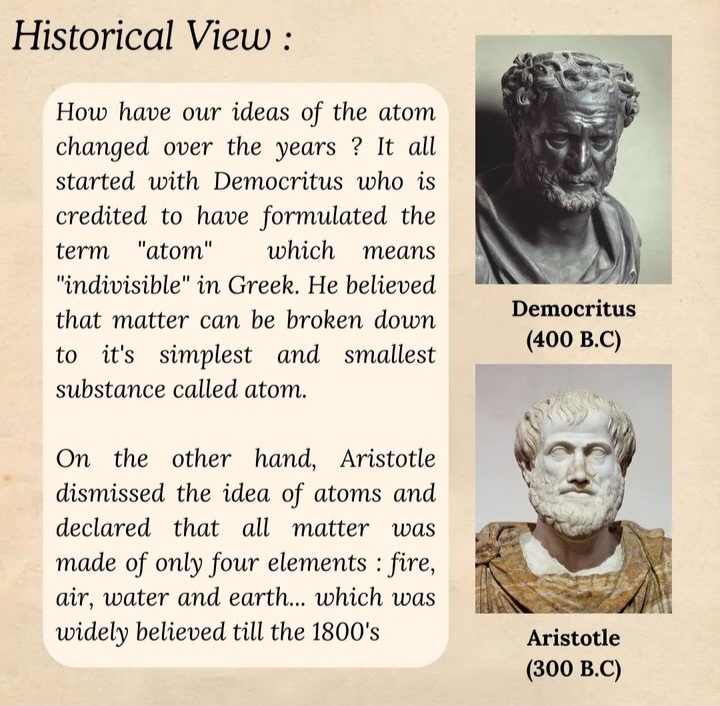
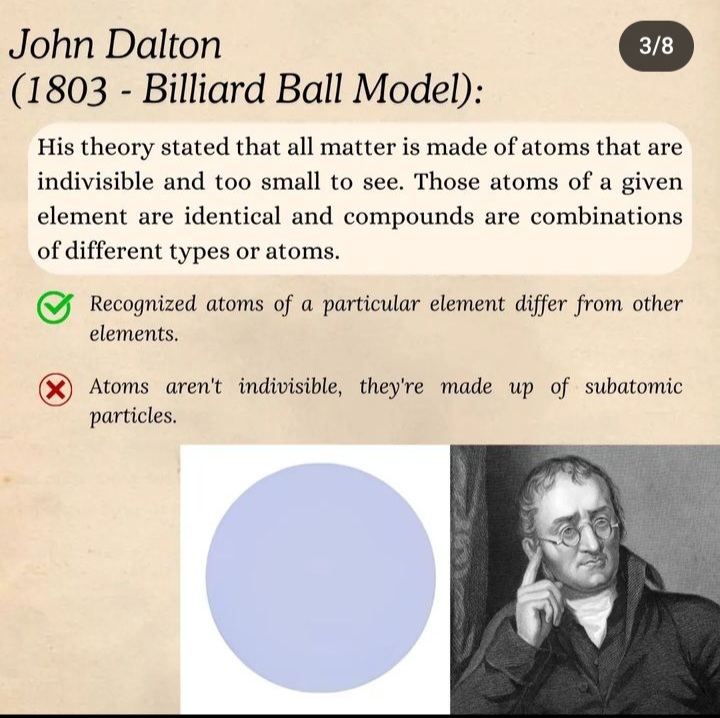
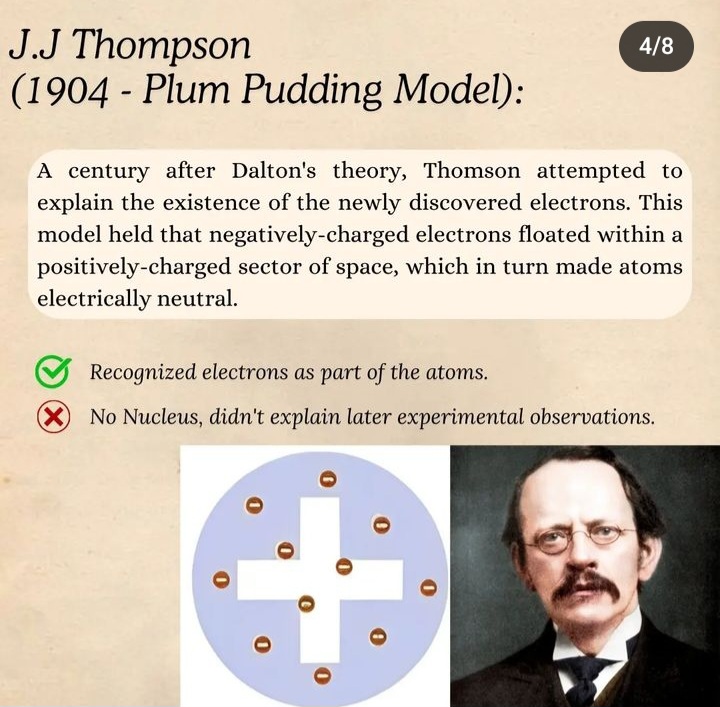
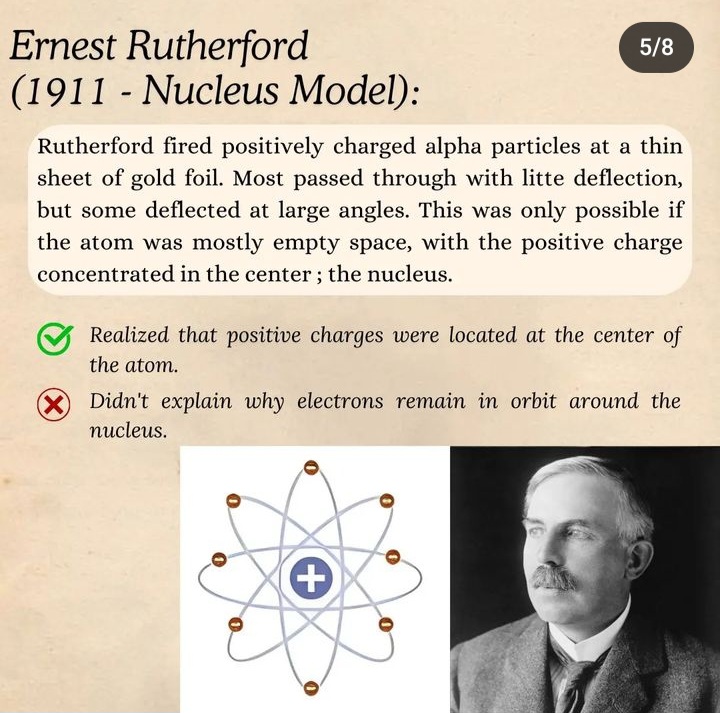
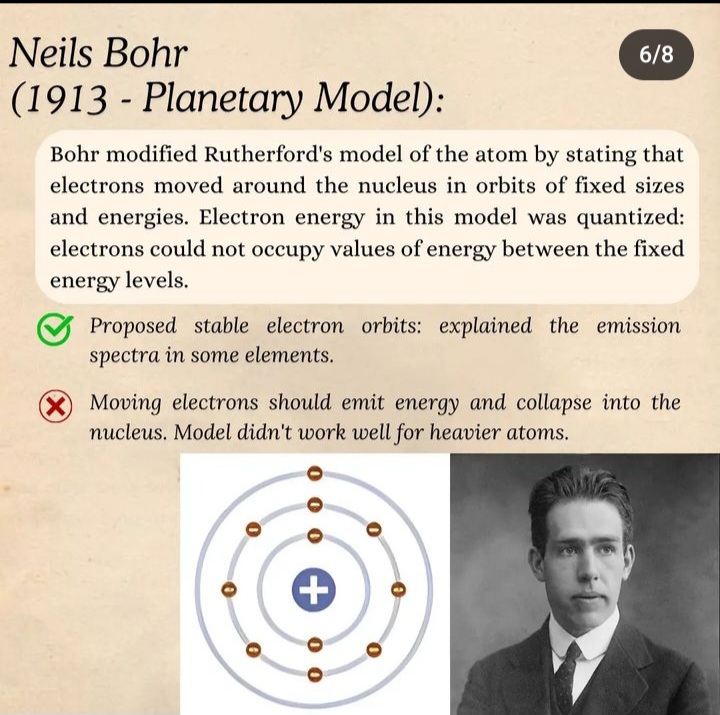
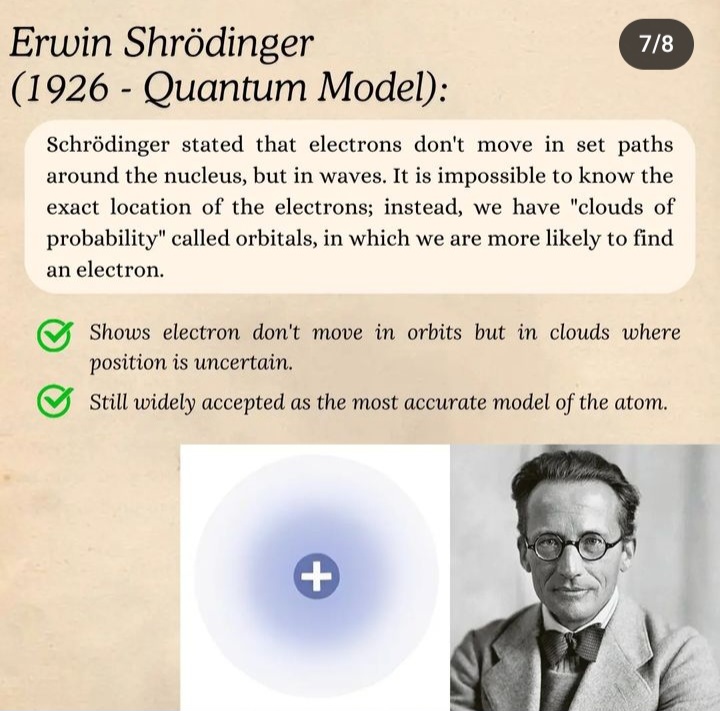

Atomic structure
For quite some time, matter was thought to be continuous but not discrete. Later Dalton, Avagadro, Thomson etc. made considerable contributions to understand the structure of matter. However, the first reasonably successful model was proposed by Rutherford based on his experiments on scattering of a-particles.
Rutherford’s a-particle scattering experiment
A narrow collimated beam of a-particles from radioactive bismuth (83Bi214) source was directed against a thin gold foil (thickness » 2 ´ 10–7 m). The angular distribution of the scattered a-particles was measured using a detector. The detector consisted of a zinc sulphide screen and a microscope. Each time an a-particle hits the zinc sulphide screen, a flash of light is seen.
Observations
- Most of the a-particles went undeviated. A very small percentage of a-particles (roughly 0.14%) deflected through an angle of more than 1°.
- An insignificantly small number of a-particles are deflected by almost 180°, as if they bounced back. (Approximately one in 8000 a-particles deflected through more than 90°)
Explanation for observations
- An a-particle is so massive compared to the mass of an electron (roughly 7350 times) that most of the
a-particles could pass through the foil undeflected. - Only if we assume a concentration of complete positive charge in a very small space inside a gold atom, then the coulomb force of repulsion could be large enough to cause a bounce bank of an incident
a-particle. - Also, the passage of a large number of a-particles undeflected, is possible if almost the entire mass of the atom is confined to a very small region of space.
- This tiny central core of the atom which contains +ve charge and almost complete mass of the atom (99.95%) was named by Rutherford as atomic nucleus.
